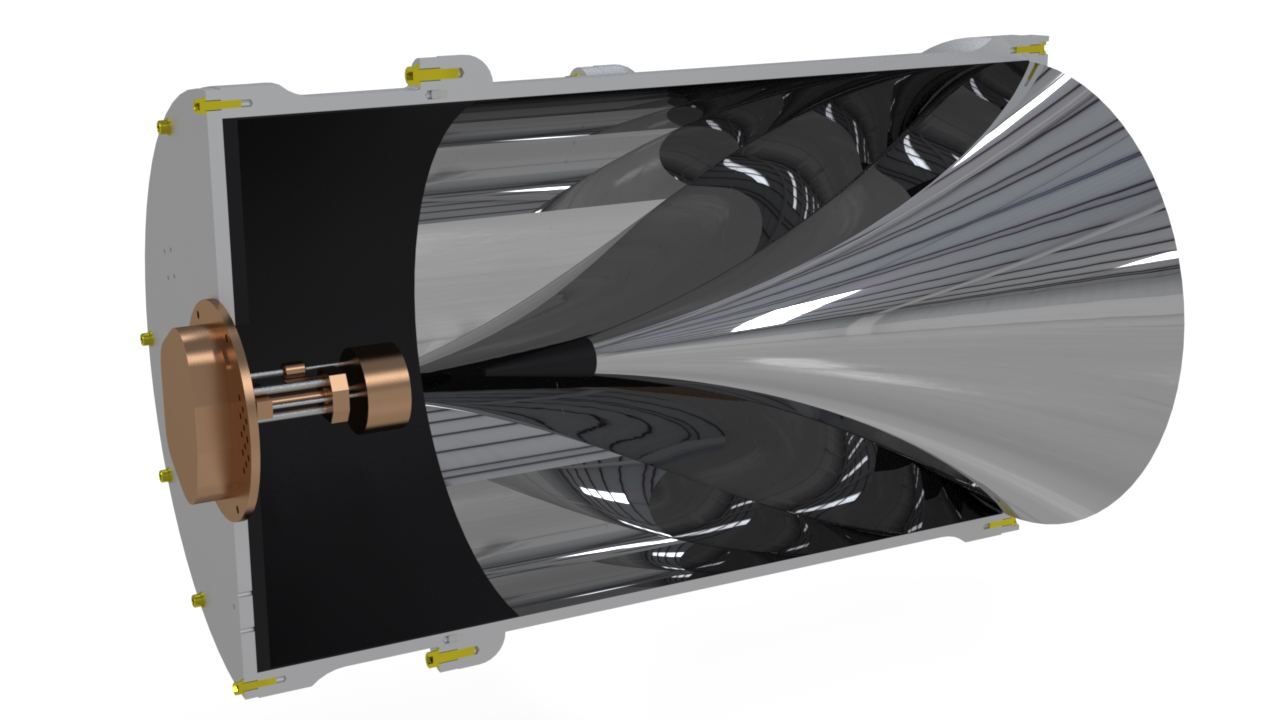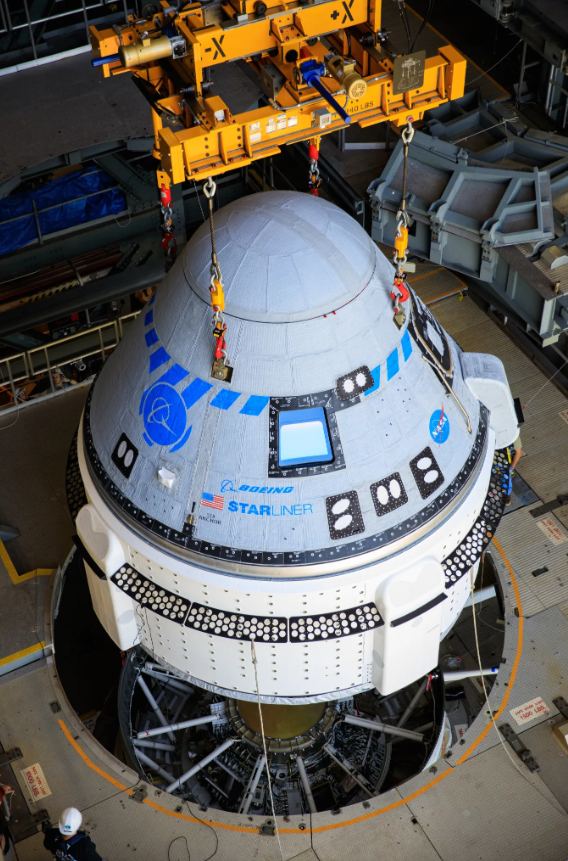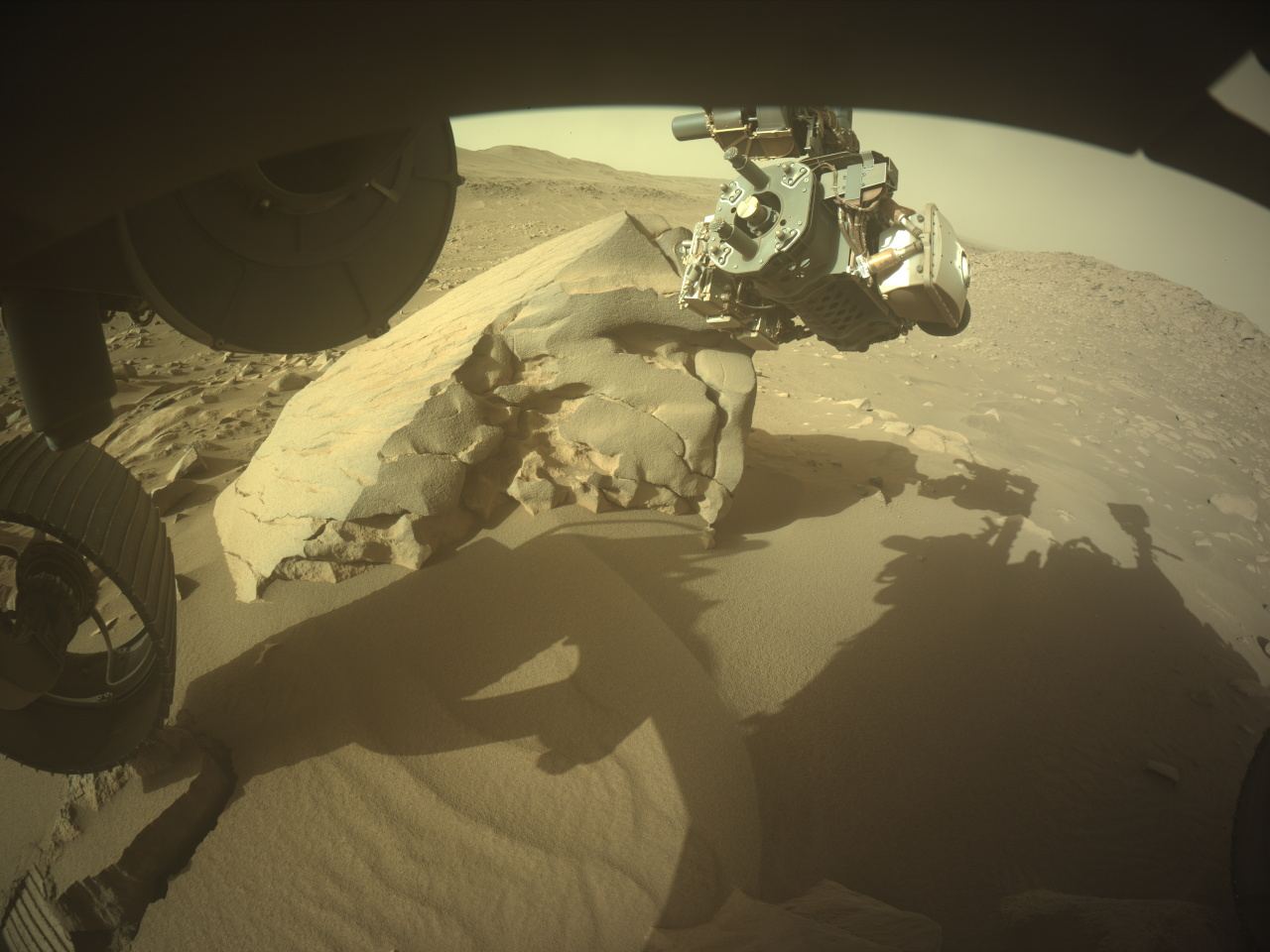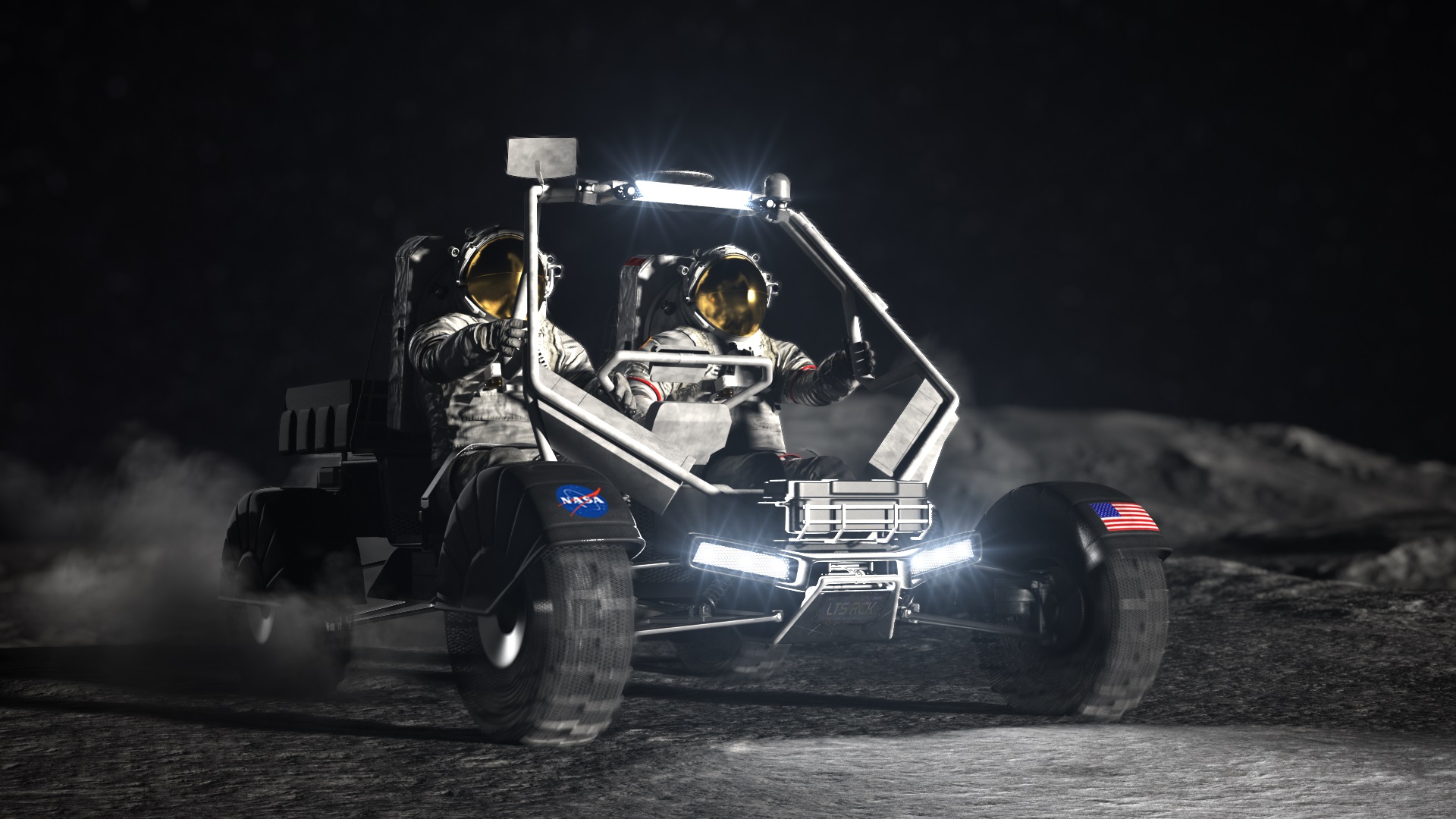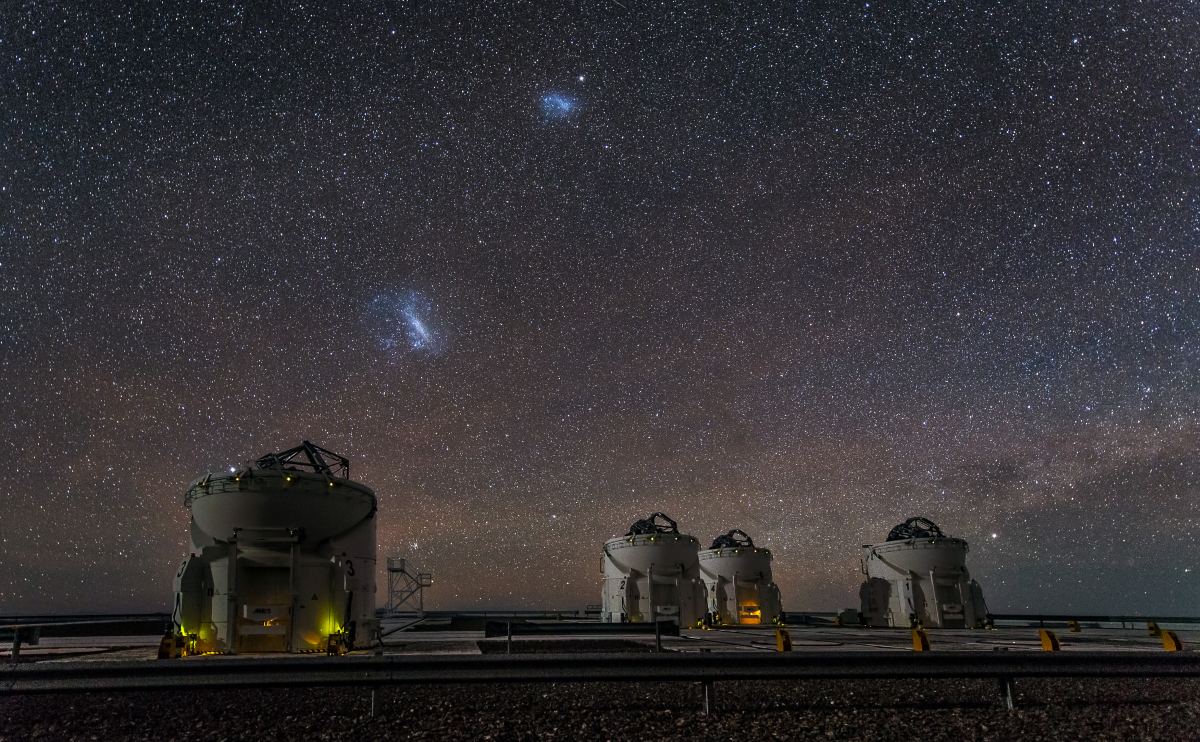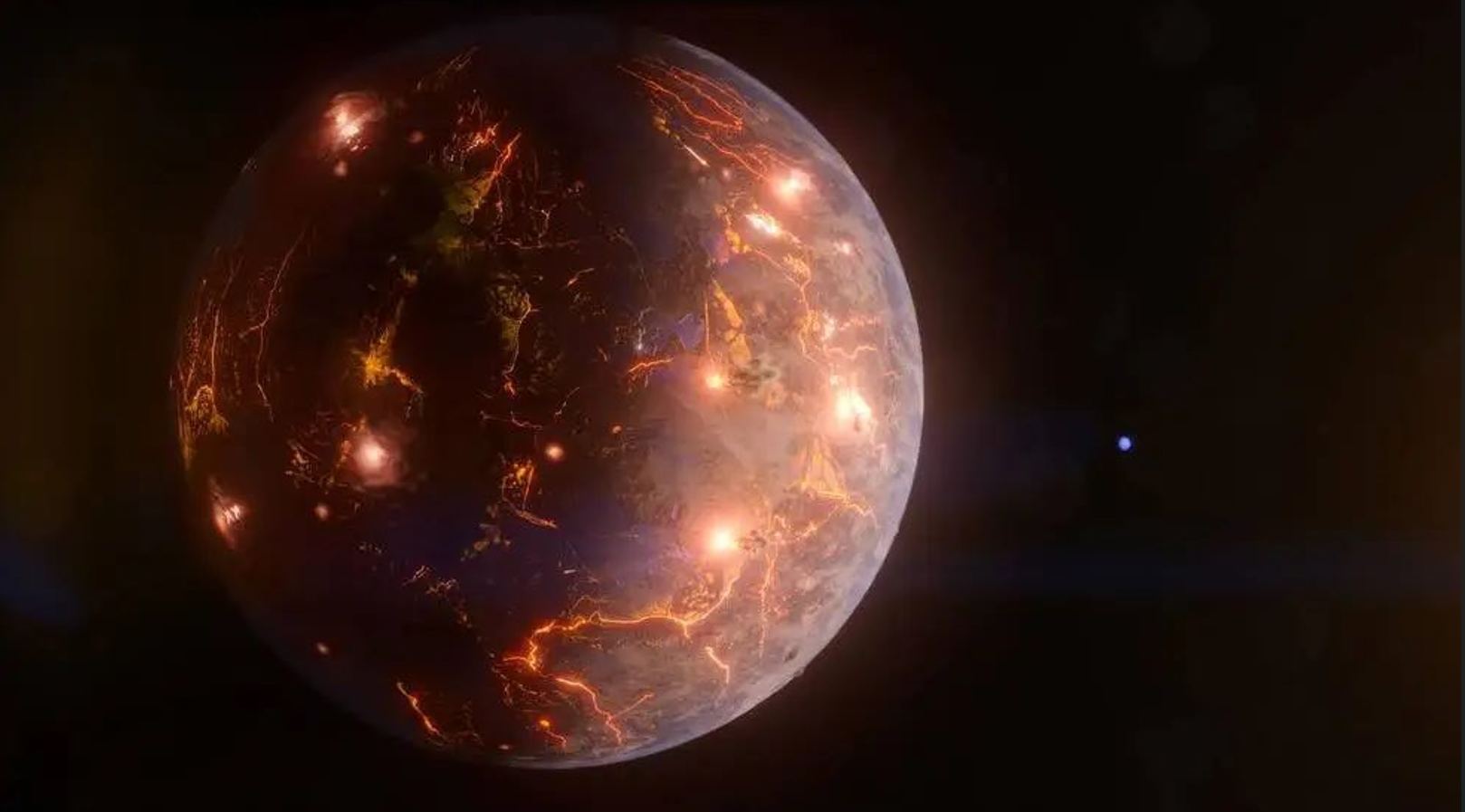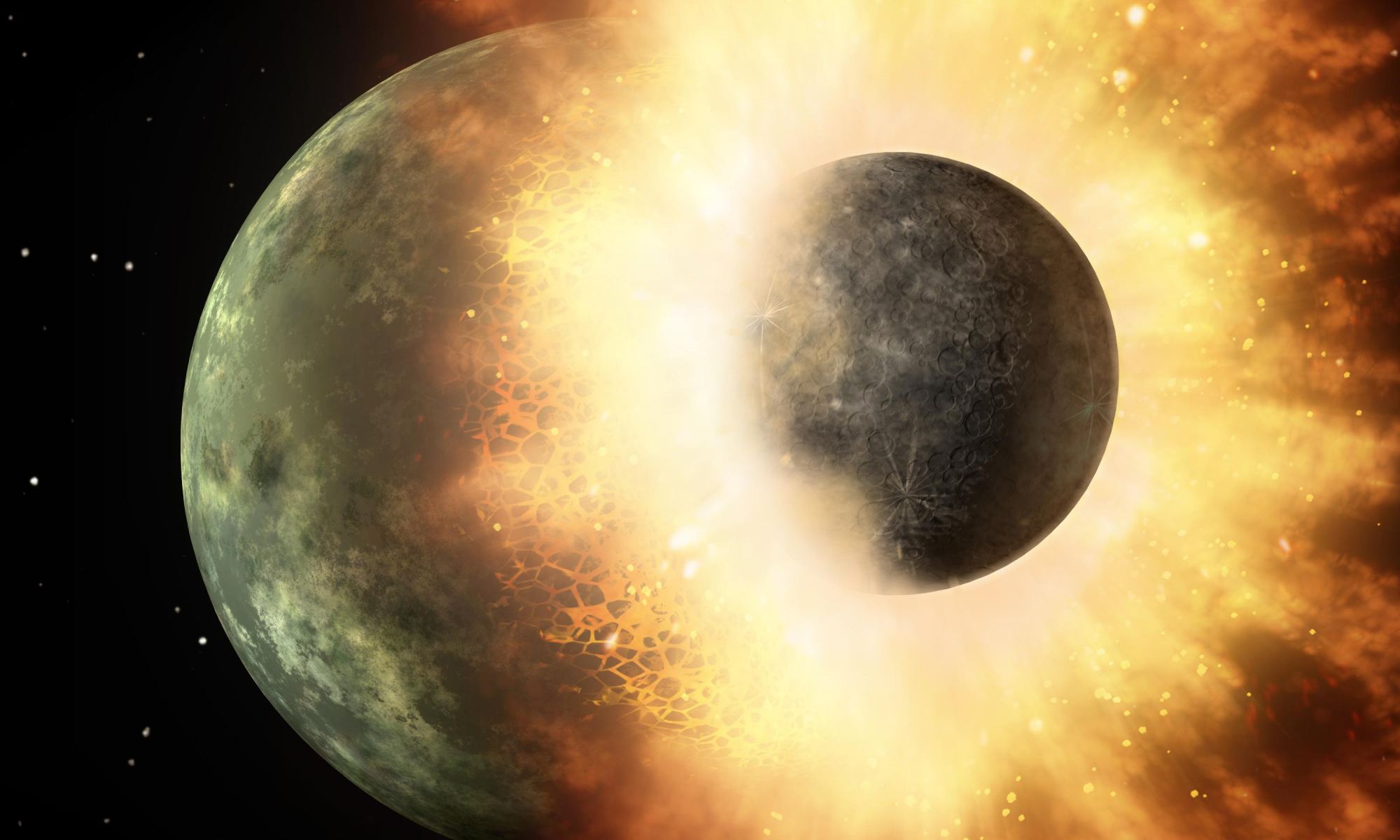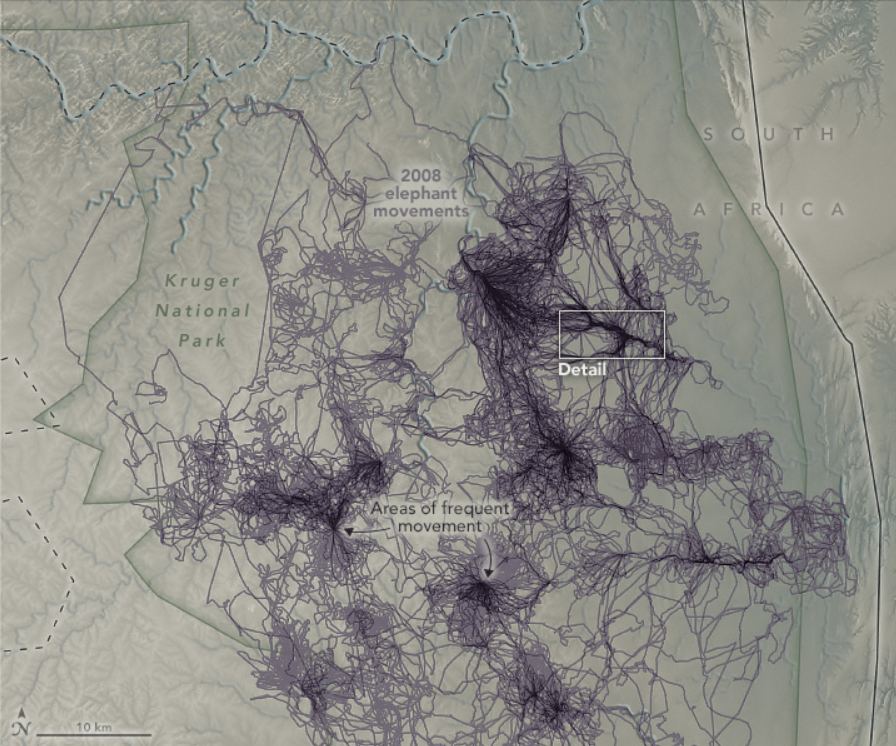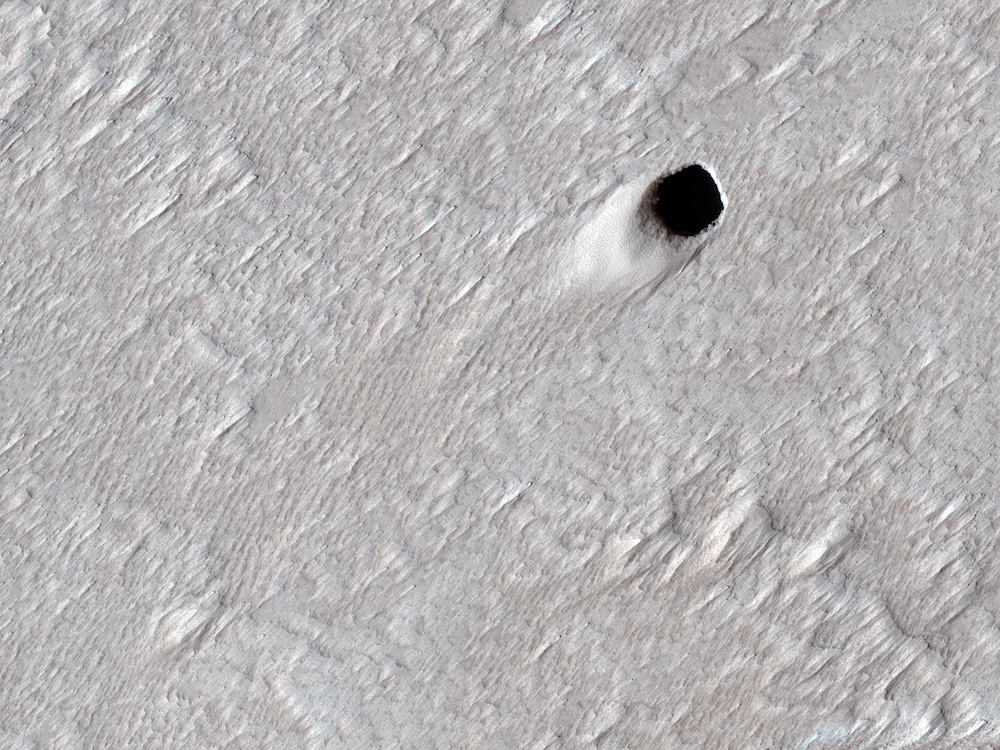White House officials have directed NASA to begin work on establishing a standard time for the Moon, according to a report from Reuters this week. Coordinated Lunar Time (LTC) is intended to help ensure synchronization between the various lunar activities planned under the Artemis program.
Continue reading “The Moon Will Get its Own Time Zone”The Moon Will Get its Own Time Zone


